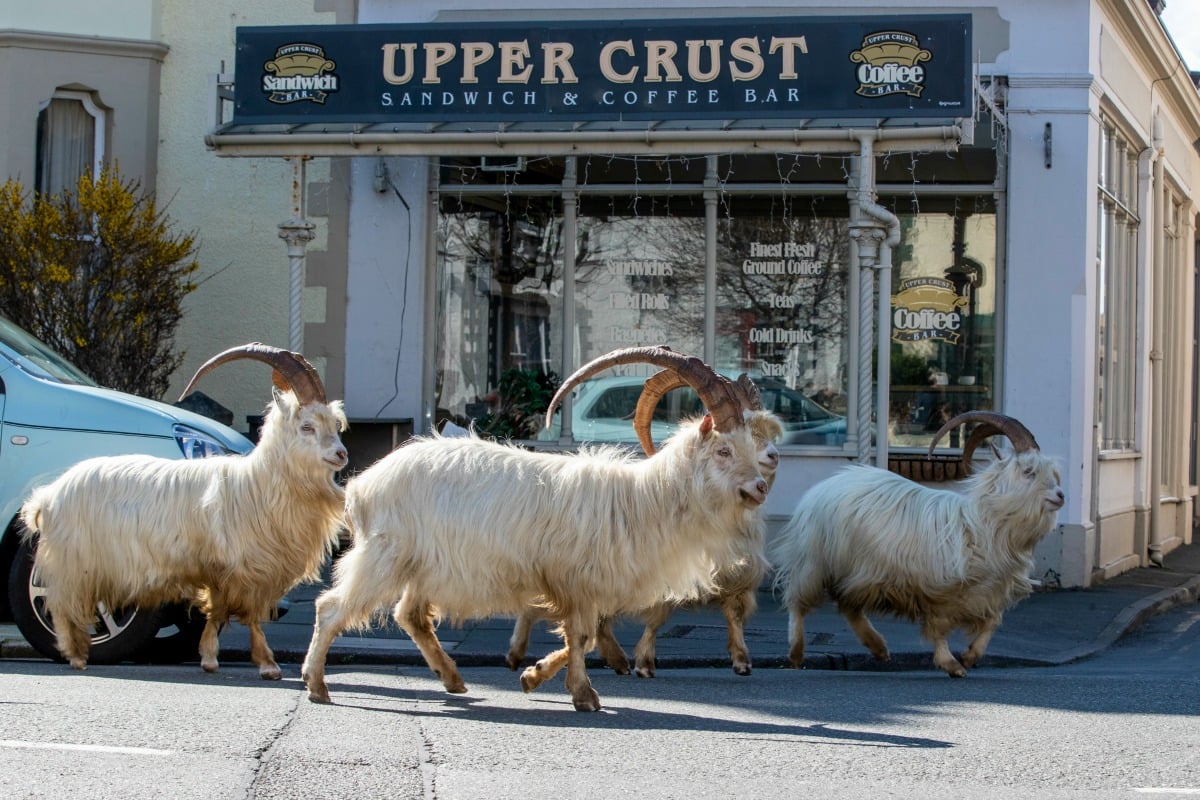
Intriguing things sometimes happen in places deserted by people. Plants creep back, animals return and, slowly, birdsong fills the air.
The coronavirus pandemic means public spaces the world over have been temporarily abandoned. Major roads are all but empty and public squares are eerily quiet.
In response, nature is in some cases “taking over towns”. Some reports – such as dolphins spotted in Venice – are fake news. But others are legitimate.
A puma has been spotted roaming the streets of Santiago and wild turkeys are gallivanting in Oakland, California. Monkeys have reclaimed city streets in Thailand and deer are wandering through train stations and down roads in Japan.
Of course, COVID-19 has taken a devastating toll on humanity, and this is nothing to be celebrated. But as Australians stay at home and our streets fall quiet, let’s consider how wildlife might respond.
Listen to The Quicky, Mamamia’s daily news podcast. Post continues below.
The resilience of nature
Throughout history, nature has shown a propensity for reclaiming land once humans have departed.
At Chernobyl, for instance, radiation has not been enough to suppress populations of gray wolves, raccoon dogs, Eurasian boar and red fox.
Likewise the Korean demilitarised zone has become a refugia for numerous threatened species, including red-crowned cranes.
Ecological succession can occur when humans abandon cities. This is where short-lived “pioneer” species initially occupy sites and are replaced over time by shrubs and trees, ultimately supporting more diverse wildlife.

